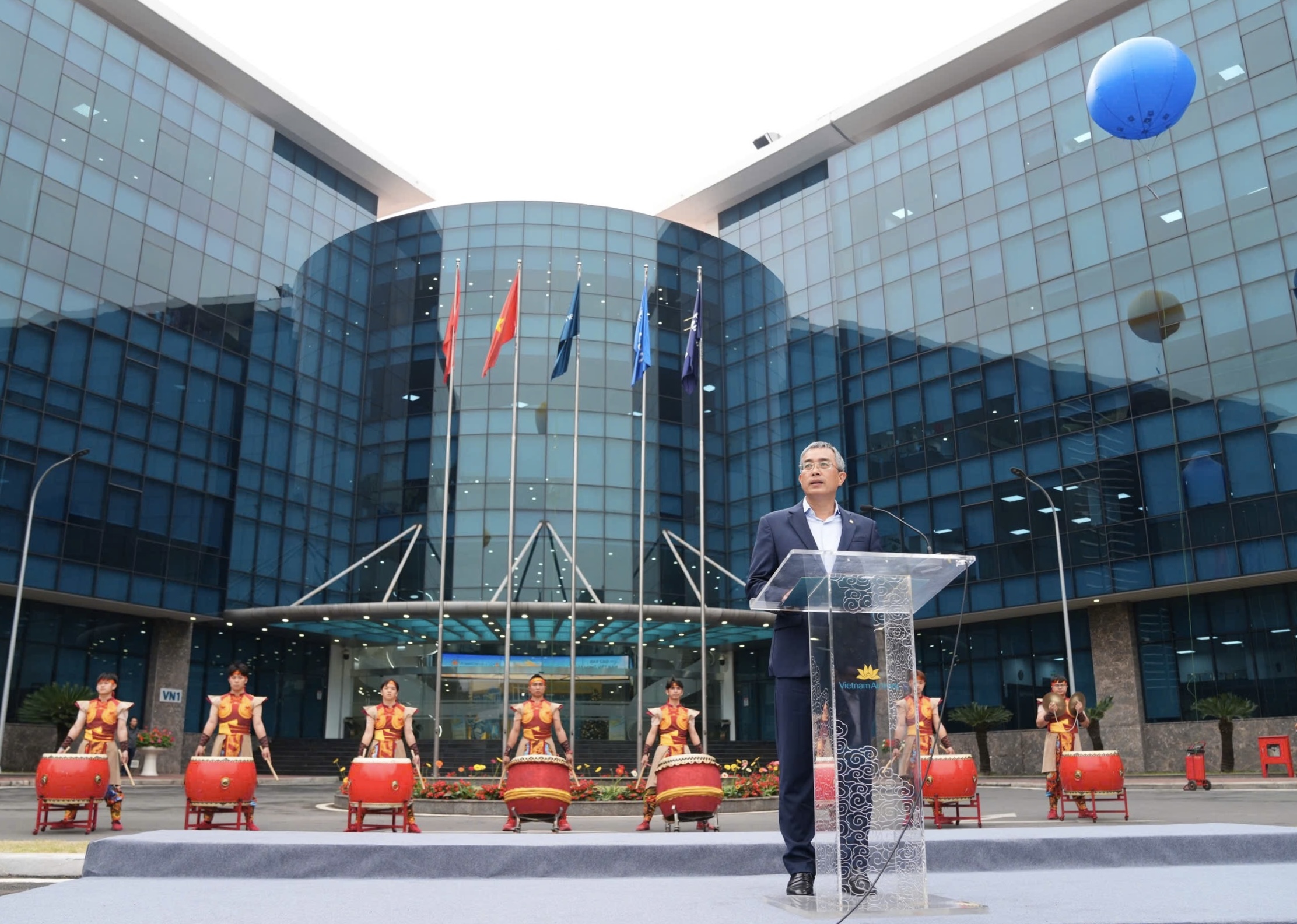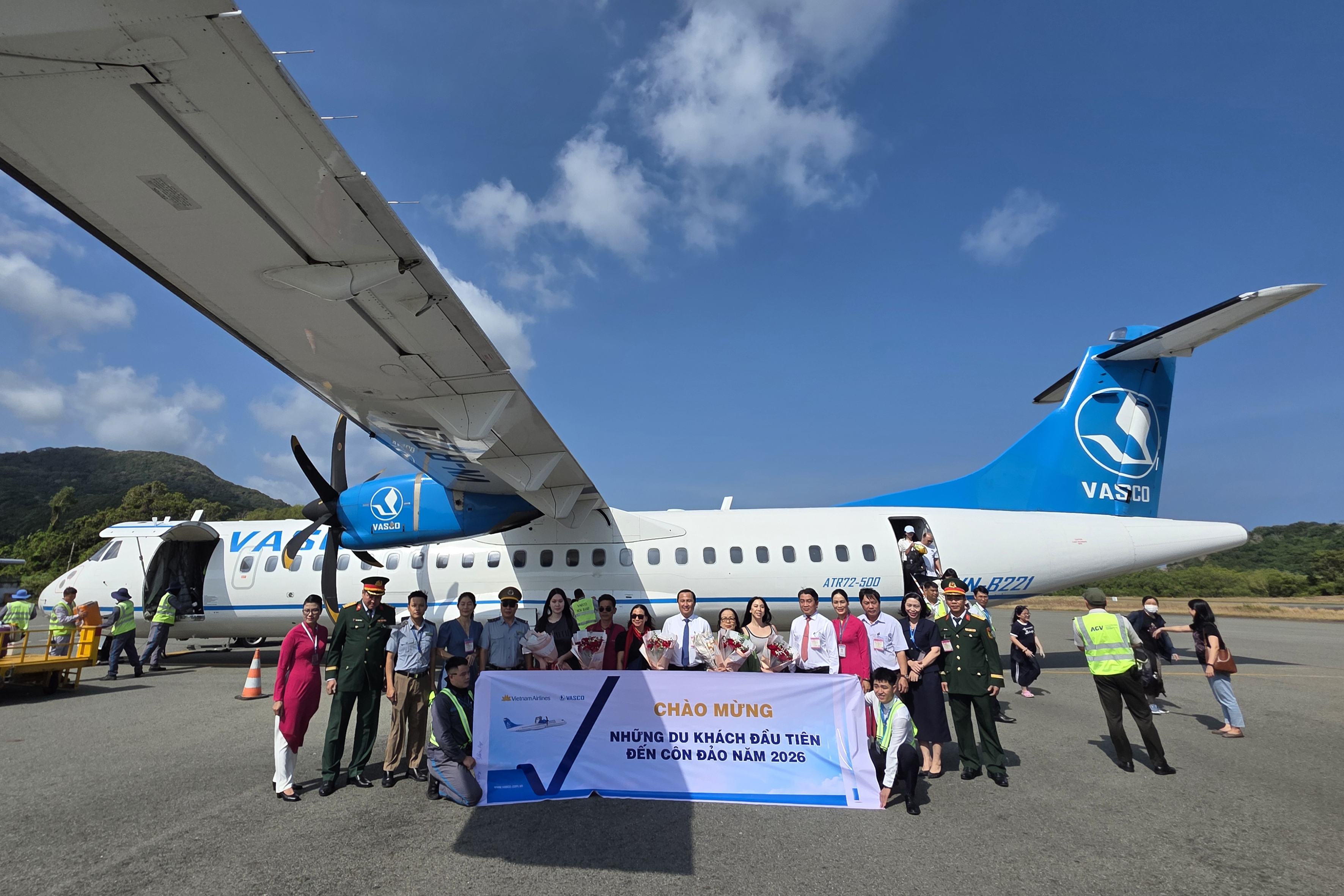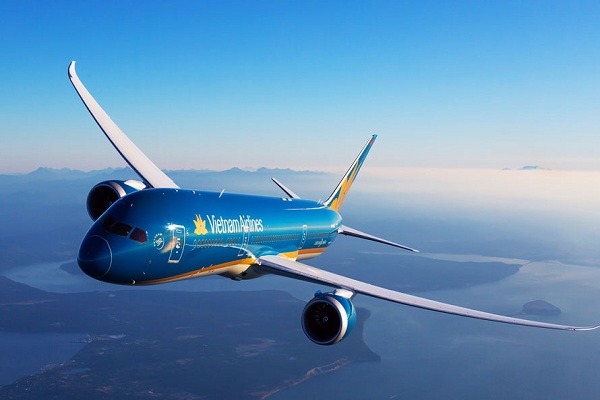Europe’s aviation safety agency is developing tests to ensure that the artificial intelligence being built for the emerging field of air taxis makes them safe to fly.
EASA said it would examine air taxis’ software “with the level of robustness needed” to ensure any vehicles piloted through AI did not pose a danger to those using the taxis or people in their vicinity.
“This new certification approach would allow EASA to understand how the software behaves in different circumstances,” the agency said. EASA’s approach to air taxis, which is still at an early stage, would cover the vehicles’ operations and maintenance, “competence requirements” for people involved in operating them and broader airspace issues, from noise pollution to privacy.
Companies from Airbus to Uber are investing a lot of money in air taxis, propelled by breakthroughs in electric motors and battery power, and designing aircraft that can hop from one rooftop to another.
The four-passenger CityAirbus electric vertical take-off and landing aircraft made its first tethered flight on May 3 in Germany. Uber does not want to build its own vehicles, but has recruited manufacturers including Bell, Boeing and Embraer towards its goal of launching an “Uber Air” aerial ride-sharing network by 2023.
In July last year UK aero-engine group Rolls-Royce announced plans for an electric aircraft with rotating wings that could take off or land vertically, and which it thinks could be available by the early to mid-2020s. Lilium, a German-based start-up, last month unveiled what it claimed was the world’s first all-electric, five-seater plane that it plans to use as a public air taxi service from as early as 2025.
The company is already in talks with EASA about certifying the plane. However, a spokesman said that the aircraft, which will be piloted and has a fixed wing, is designed in such a way that it could fly under existing certification that covers “light aircraft”.
“We would prefer not to do that and EASA are working on a specification specifically for our sector,” said a Lilium spokesman, adding that “whichever certification route we go down, it will be as rigorous as today’s large commercial aircraft”.
Elaine Whyte, UK drones lead at consultancy PwC and a former safety and airworthiness engineer in the RAF, said air taxis would need the same safety standards that a century of aviation had already established. “This is likely to be a significant barrier to entry and require different skill sets for those potential manufacturers new to this sector.”
Anita Sengupta is co-founder of Los Angeles-based start-up Airspace Experience Technologies, which wants to popularise “private air mobility”. She said: “Cyber security needs to be sorted in the air just as it does on land . . . Currently you would be cleared by air traffic control but in future you could imagine a different system”, involving AI and machine learning.






